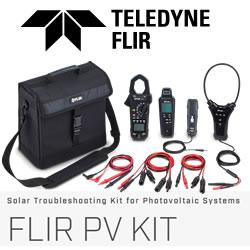New Solar Technology - SkyTrough
Laser sources for solar cell production
Market Acceptance of LCPV and HCPV
Killer App for Smart Homes Energy Efficiency
Restaurant Generates Energy from the Deep Fryer!
Solar Power for 7.5 cents a kilowatt-hour!
Mapping the Solar Potential of Every Rooftop
Top 10 Green-Tech Breakthroughs of 2008
We Need a Smarter Grid!
Plug-in Fuel Cell Transit Bus
49 Megawatt Solar Farm
Alternative Energy Towers
Energy from Salt!
Incandescent - shaped CFL
What Does "Green" Mean?
Records 2221 to 2235 of 2266
First | Previous | Next | Last
Featured Product

